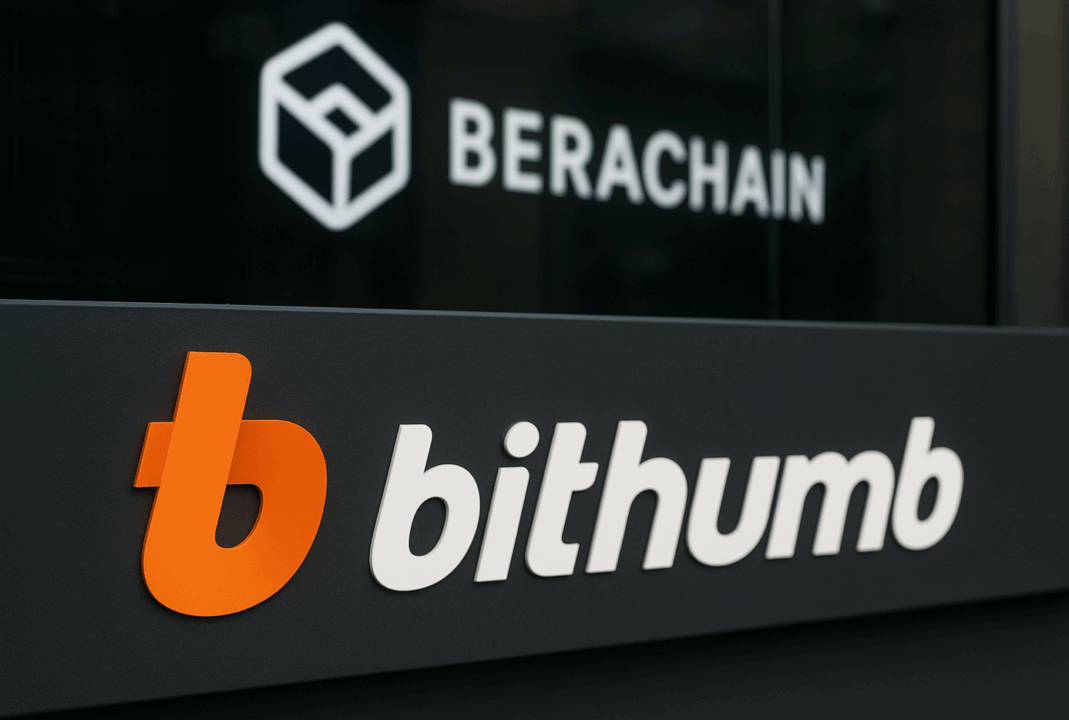South Korea’s leading crypto exchange, Bithumb, has announced a temporary suspension of Berachain (BERA) deposits and withdrawals.
The suspension, scheduled to begin at 9:00 a.m. UTC on November 12, comes as the Berachain network undergoes a major mainnet upgrade aimed at improving performance, scalability, and overall security after the BEX/Balancer V2 exploit.
Notably, although deposits and withdrawals will be halted, trading pairs involving BERA are expected to remain active throughout the process.
Recovering from the BEX exploit
This latest development follows a turbulent period for the Berachain ecosystem, which recently endured the BEX Balancer v2 exploit on November 3. The attack, which targeted Composable Stable Pools on a fork of Balancer v2, prompted Berachain validators to purposefully halt the chain for around 30 hours while a coordinated emergency response took place.
Thanks to swift action and cooperation with a white-hat hacker, roughly $12.8 million in stolen funds were successfully recovered and returned to the Berachain Foundation. The team later confirmed that all affected funds had been secured and that the chain was fully operational.
In a show of transparency, Berachain also published a detailed post-mortem outlining the exploit, the validator-led chain halt, and the subsequent hard fork at the VM level that froze exploiter addresses until funds were returned.
The Foundation has since announced plans for a claims page that will allow affected users to reclaim deposits, with approximately 96% of deposited value expected to be recoverable. An additional hard fork is also scheduled to unblock BEX contracts and enable Recovery Mode for specific pools, following Balancer’s recommended restoration process.
Temporary pause to support the upcoming Berachain hard fork
Bithumb’s suspension of BERA transactions is a preventive measure designed to ensure the smooth integration of the Berachain mainnet upgrade and emergency hard fork.
During such upgrades, exchanges typically halt transfers to avoid any risk of loss or failed transactions that could arise from protocol changes or temporary network instability.
While the exact duration of the pause has not been disclosed, similar maintenance windows generally last several hours to a day. Bithumb has reassured users that funds held on the exchange remain secure and that transactions will resume once network stability is confirmed.
The exchange has urged users to plan their transfers ahead of the cutoff time, as deposits initiated during the suspension may be delayed or returned.
The upgrade represents another step in Berachain’s ongoing technical evolution. Since its mainnet launch in February 2025, the project has rolled out several key upgrades — including the “Bepto” hardfork in September, which eliminated the gas price floor to improve fee efficiency, and the Beacon Kit 1.2.0 upgrade in June that enabled validator stake withdrawals and EIP-7702 support.
Berachain (BERA) market outlook
Despite recent challenges, Berachain (BERA) has shown signs of resilience in the market. As of November 10, BERA traded around $1.82, up more than 14% in a day, recovering from the dip induced by the Balancer hack.

Its trading volume has surged to nearly $39 million as investors show renewed confidence following the recovery of funds and continued transparency from the development team. The general cryptocurrency market bounce back in anticipation of an end to the US government shutdown has also played a part in the recovery of the Berachain token price.
Technical indicators, however, suggest mixed momentum. According to CoinLore’s analysis, BERA’s 14-day RSI stands at 54.48, indicating neutral market conditions. The token trades also above its 10 and 20-day EMAs but remains below the longer-term 50, 100, and 200-day EMAs — a setup that signals lingering bearish pressure.
The analysis shows that the price of BERA could dip slightly to $1.66 in the short term before recovering toward a potential 2025 range between $5.83 and $9.03.

